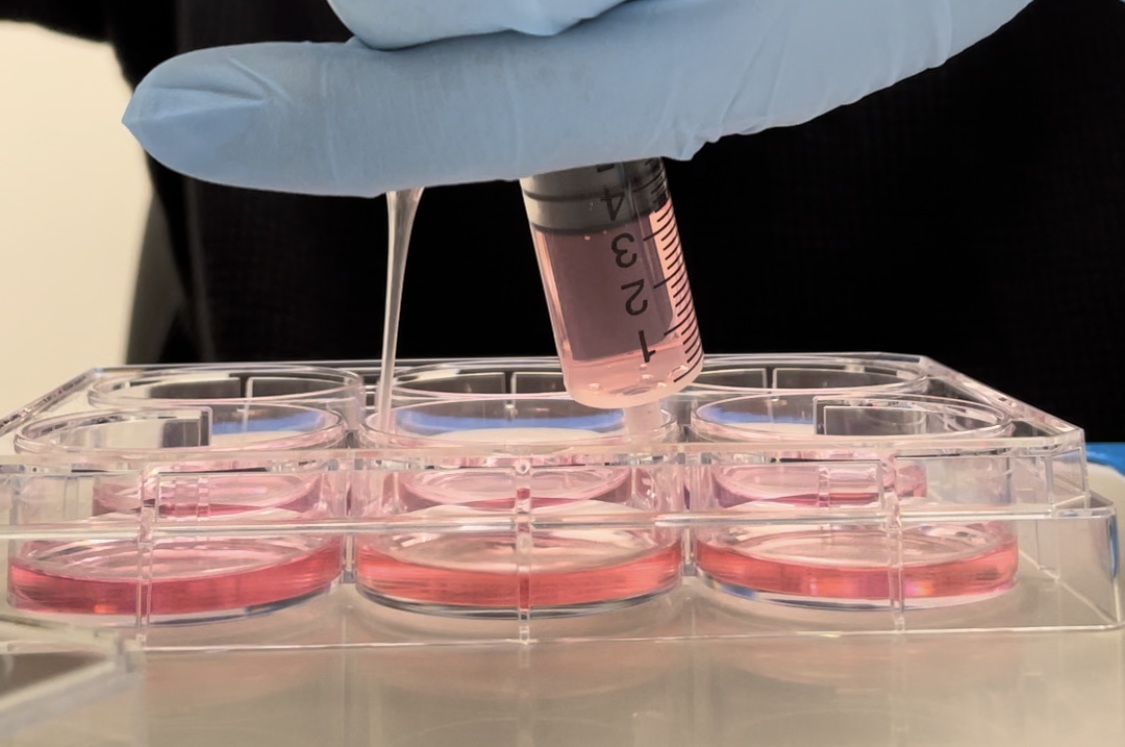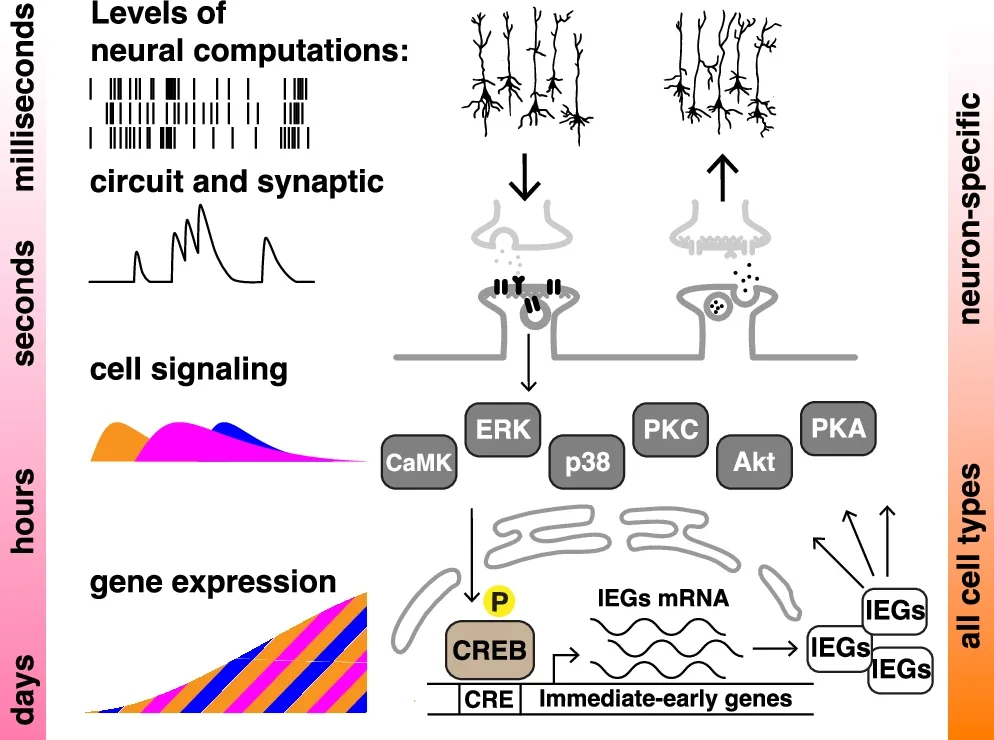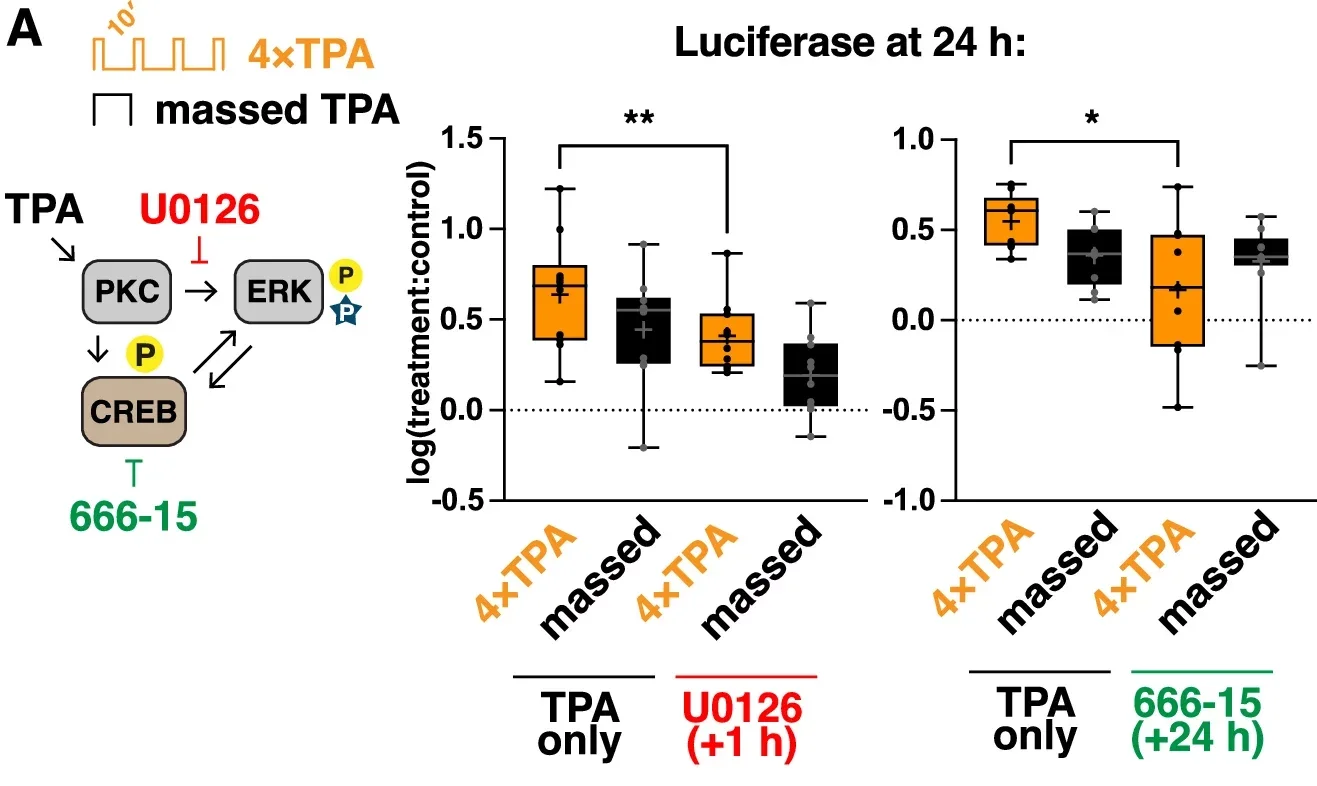Memory isn’t confined to your brain; cells throughout your body possess memory-like capabilities that challenge traditional notions of where and how memories are stored.
This groundbreaking discovery provides fresh insights into the biological mechanisms behind memory and learning. It also holds significant potential for improving learning strategies and advancing treatments for memory-related disorders.
The phenomenon behind this discovery is the massed-spaced effect, or spacing effect. First documented by Hermann Ebbinghaus, this effect shows that distributing learning over multiple sessions is more effective than cramming the same amount of information into a single session. It’s a universal feature, observed in organisms from fruit flies to humans.

Traditionally, this effect has been attributed solely to neural systems. Research has shown that certain molecular components, such as extracellular signal-regulated kinase (ERK), play a role in optimizing learning intervals. For example, studies in fruit flies demonstrated that altering SHP2 expression in specific neurons adjusts the timing for long-term memory (LTM) formation.
However, researchers at New York University, led by Nikolay V. Kukushkin, hypothesized that this effect might extend beyond neurons. They proposed that the molecular tools required for memory formation could also exist in non-neural cells.
To test this, the team developed a novel cell line using non-neural human cells derived from nerve and kidney tissues. They exposed these cells to chemical signals mimicking the neurotransmitter bursts experienced during learning. The goal was to observe whether these cells could recognize patterns of stimuli and exhibit a form of “cellular cognition.”
Related Stories
To track this process, the researchers engineered the cells to produce a glowing protein whenever a specific “memory gene” was activated. This gene is also found in brain cells and is crucial for memory formation.
The results were striking. When chemical signals were delivered in spaced intervals, the non-neural cells activated the memory gene more robustly and for a longer duration than when the same amount of stimulation was given all at once. This demonstrated that the spacing effect, previously thought to be unique to neurons, is likely a fundamental property of all cells.
“This reflects the massed-spaced effect in action,” says Kukushkin, a clinical associate professor of life science at NYU. “It shows that the ability to learn from spaced repetition isn’t unique to brain cells but might be a basic feature of cellular function.”

The research, published in Nature Communications, underscores that non-neural cells can process and retain information similarly to neurons. It offers a new perspective on memory, suggesting that even your pancreas or cancer cells might “remember” patterns, such as dietary habits or chemotherapy treatments.
Beyond advancing our understanding of memory, these findings could have significant health implications. For example, your body might store metabolic patterns that help regulate blood sugar levels, a discovery that could lead to improved diabetes management. Similarly, understanding how cancer cells “remember” treatment patterns might inform more effective chemotherapy protocols.
“This discovery opens new doors for understanding how memory works and could lead to better ways to enhance learning and treat memory problems,” Kukushkin notes. He envisions future therapies that go beyond the brain, addressing cellular memory in various organs to improve health outcomes.

The study was jointly supervised by Kukushkin and Thomas Carew, a professor at NYU’s Center for Neural Science. The research team included Tasnim Tabassum and Robert Carney, both from NYU. Their combined efforts provide a solid foundation for future studies into cellular memory.
This work highlights the interconnectedness of biological systems, suggesting that memory and learning are deeply embedded in the fabric of cellular life. It opens exciting possibilities for improving cognitive function and tackling diseases that affect memory.
Note: Materials provided above by The Brighter Side of News. Content may be edited for style and length.
Like these kind of feel good stories? Get The Brighter Side of News’ newsletter.
The post Scientists discover that memories are not just saved in the brain appeared first on The Brighter Side of News.